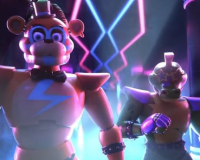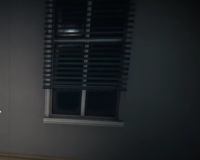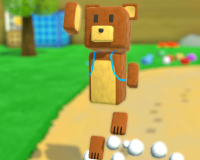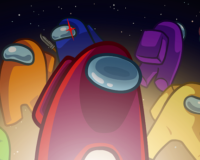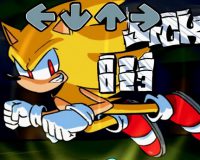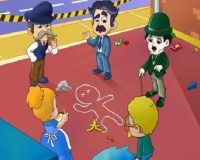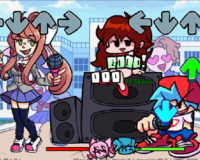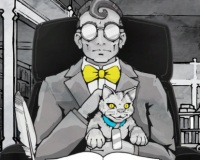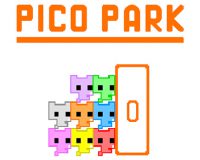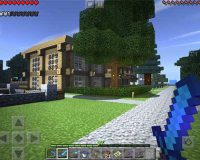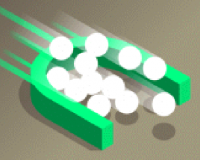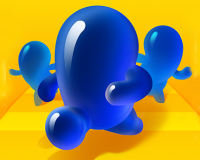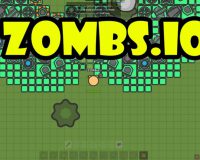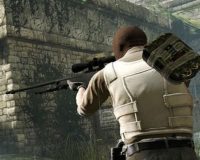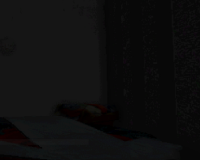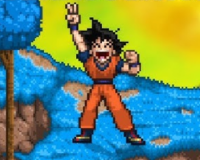
Advertisement
Radiolight
Radiolight is a minimalist exploration game that combines sound and light as its primary methods of interaction. The player navigates through an unknown landscape using a handheld device that detects hidden radio signals and emits controlled light pulses. Instead of explicit guidance or text instructions, the game uses sound patterns and visual reactions to shape progression. Every movement generates feedback, allowing the player to map the environment through resonance and reflection. Radiolight builds its structure on observation, asking the player to interpret what they see and hear rather than follow predefined routes.
Gameplay Structure
The foundation of Radiolight lies in its dual-system mechanics: signal detection and illumination. Players scan the environment using their transmitter to identify frequencies that represent clues or access points. When tuned correctly, the surrounding space responds with changes in tone and brightness, revealing hidden paths. Movement is deliberate, with each step influencing the surrounding sound field. Light does not simply illuminate; it measures distance and shape, transforming the invisible into something tangible. The absence of dialogue or interface elements places full attention on environmental feedback.
Core Components
Several connected systems define how Radiolight delivers exploration and progression:
- Frequency scanning that identifies locations or unlocks data fragments
- Light emission mechanics used for visual mapping and resonance testing
- Signal interference that adjusts gameplay rhythm and discovery speed
- Environmental storytelling through recovered broadcasts and static noise
Each of these components contributes to a sense of indirect discovery. The player must learn how different frequencies behave within materials and how environmental distortion affects clarity. Over time, fragments of recorded transmissions reveal the underlying context of the world, pieced together through exploration alone.
Progression And Discovery
Advancement in Radiolight comes through calibration and precision. Each area has unique signal patterns that must be isolated or balanced using the device. Players gradually uncover a timeline hidden within the noise, where light serves as the key to decoding lost messages. The environment grows more responsive as the player learns to synchronize movement and tuning. No level transitions or mission prompts exist; instead, exploration flows naturally as one signal leads to another.
Radiolight approaches interaction as a process of translation between sensory forms. By turning sound into space and light into language, it creates an experience that rewards patience and interpretation. The game demonstrates how minimal mechanics can support depth when perception becomes the main tool of play, turning exploration into an act of understanding rather than progression.





